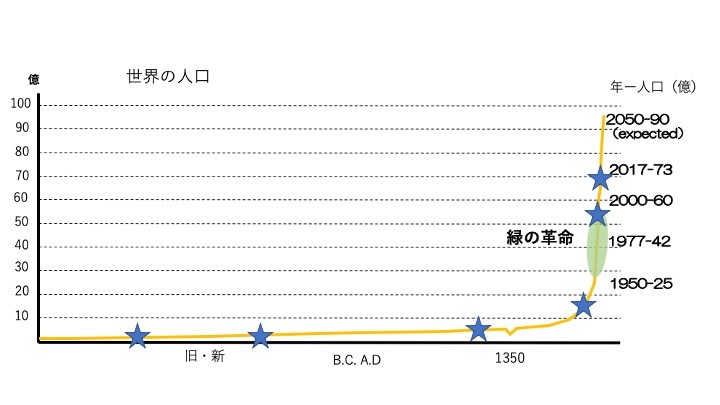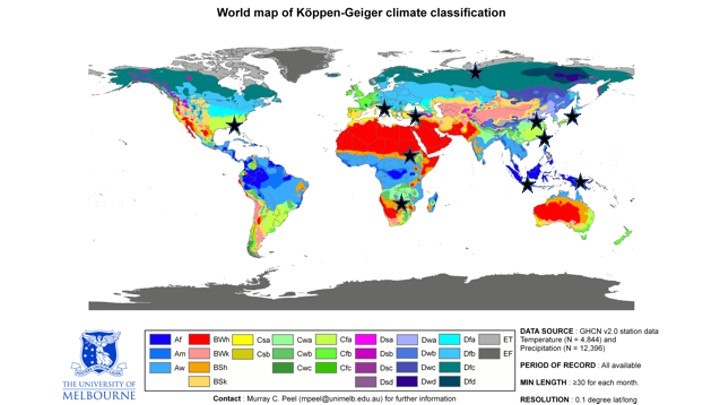Dietary and staple food in the sustainable society
Research period:2019.10-2023.3
NOBAYASHI Atsushi
Keywords
Staple food , Dietary , Sustainable society
Objectives
The objective of this project is to verify human dietary habits from ecological, cultural, societal, and historical perspectives, and investigate what dietary habits will enable the attainment of a sustainable society. We will adopt “staple food” as our working concept in such efforts. The terms and concepts corresponding to “staple food” are not universal, but differ depending on time period and region. However, giving it a fixed definition of “food that plays a central role in physically and mentally nurturing people” can serve to more directly illuminate the modalities and background of food in a target society or community from specific aspects of staple food in people’s dietary habits.
We define “dietary habits” as the process of producing, processing, distributing, consuming, preparing, and disposing of food; and aspects such as the natural environment, values, dogma, laws and systems, economic conditions, physical needs, physiological conditions, and personal tastes are closely related to each other in people’s lives and livelihoods. By outlining and examining such relationships in line with the working concept of “staple food,” we will shed light on the food-related problems humans are causing on a global scale. In addition, we would like to verify the ideal state of human dietary habits through interdisciplinary discussions between the core fields required for understanding dietary habits such as history, cookery science, and physical education, with a focus on anthropology.
Research Results
In line with the original research plan, this project presented an ethnographic study of dietary habits in various world regions from the perspective of foods recognized as “staple foods” and their consumption, as well as a study of their historical nature in the context of human history and food production from the perspective of human civilization. Further discussion on these findings was then held among the joint research participants. A chronological and geographical overview of the research presentation is shown in the figures below (corresponding periods and regions are marked with stars). The presentation endeavored to provide a comprehensive overview of different eras and natural environmental conditions to the extent possible, ranging from the period before food production to the current age where food is mass-produced and distributed, and spanning frigid regions in which human survival is limited, temperate regions with substantial food production, and tropical regions where hunter-gatherer economies continue to exist today.


The joint research report and related discussions identified that human staple foods possess the following three facets.
(1) Frequently eaten foods (major foods)
(2) Foods that can be consumed on a stable basis (staple foods)
(3) Foods that provide emotional stability (comfort foods)
The following points can be made regarding the background of human behavior with respect to these three facets.
(1) Circumstances in which major foods are consumed
– Selection from a diverse variety of foods: prior to the agricultural era, prior to the Columbian Exchange, hunter-gatherers (modern conditions)
– Environments with extremely few options – Arctic and arid regions
(2) Circumstances in which staple foods emerge
– Agriculture/food production
– Development of distribution methods: urban environments
– Taxation (order, control)/establishment of the State
– Knowledge (social institutionalization: systems for communicating traditional knowledge)
(3) Circumstances in which comfort foods emerge
Combination of food and religion (beliefs)
Symbolization due to nationalism, etc.
Societal meaning arising from discrimination or oppression
As a result of these findings, the project proposes as a hypothesis that these various elements existed in a multilayered historical sequence through which staple foods were developed: (1) a period without staple foods, (2) the emergence of staple foods, (3) instilling a sense of meaning to staple foods, (4) establishment of staple foods, (5) diversification of staple foods, and (6) memorization and transmission of staple foods as culture.
